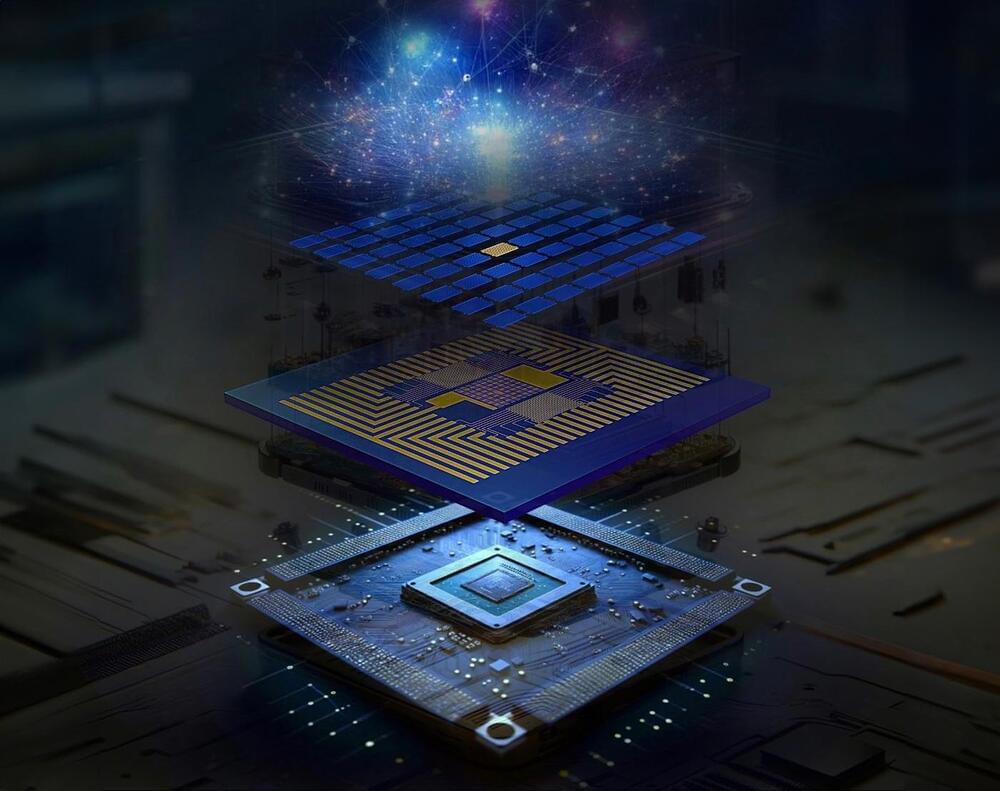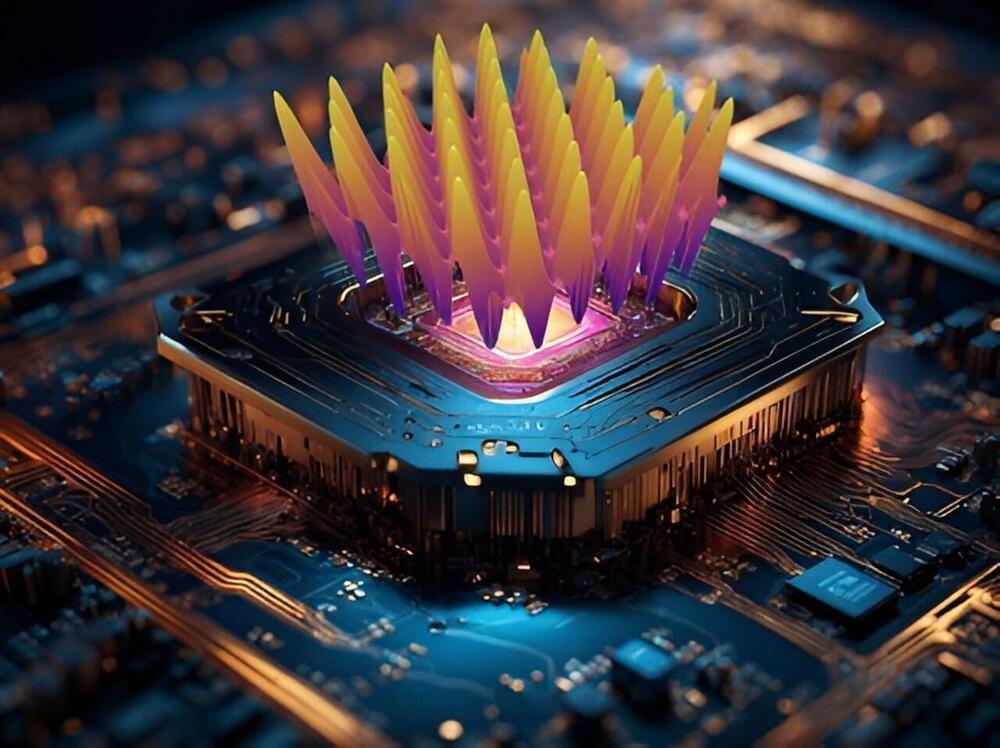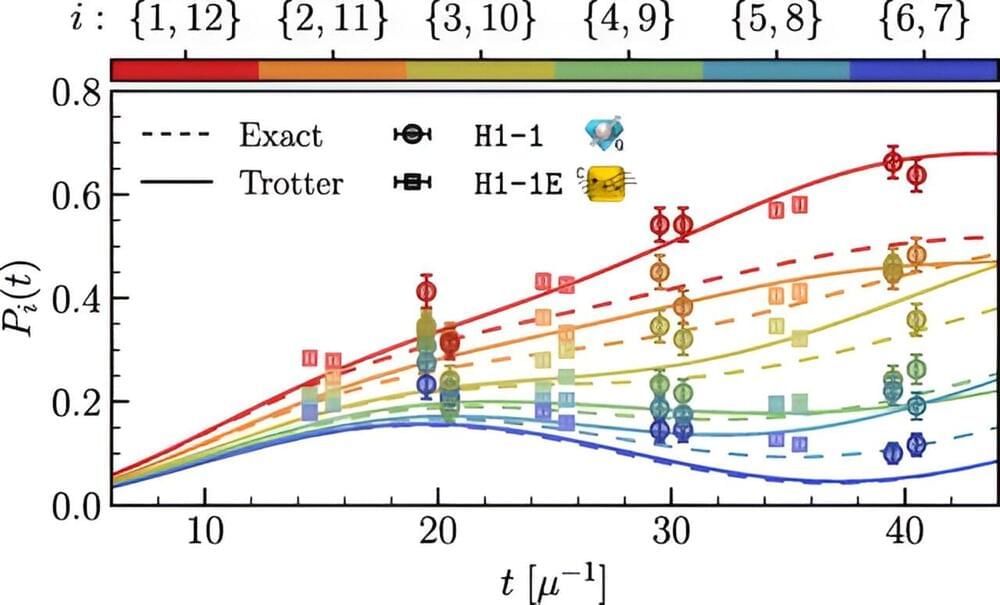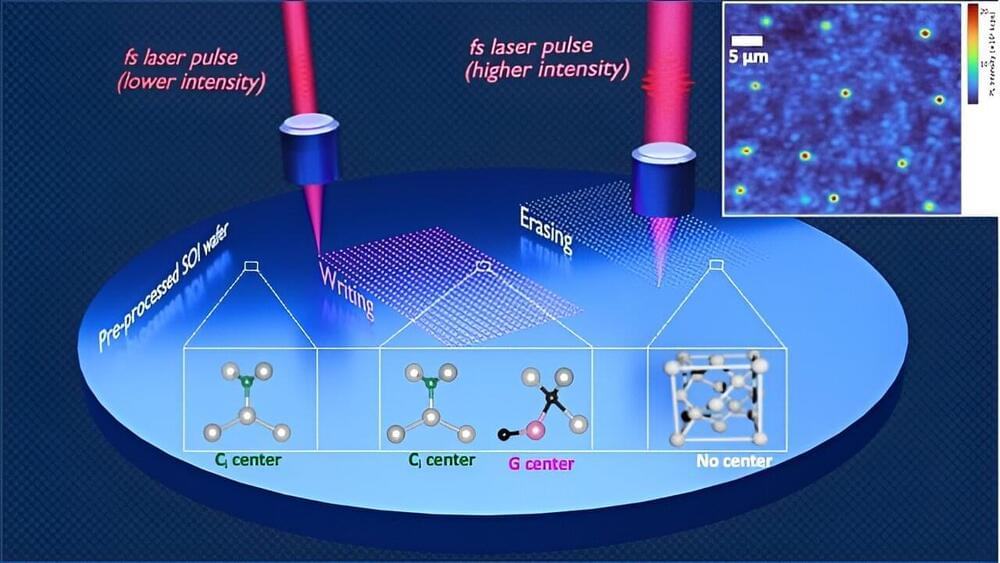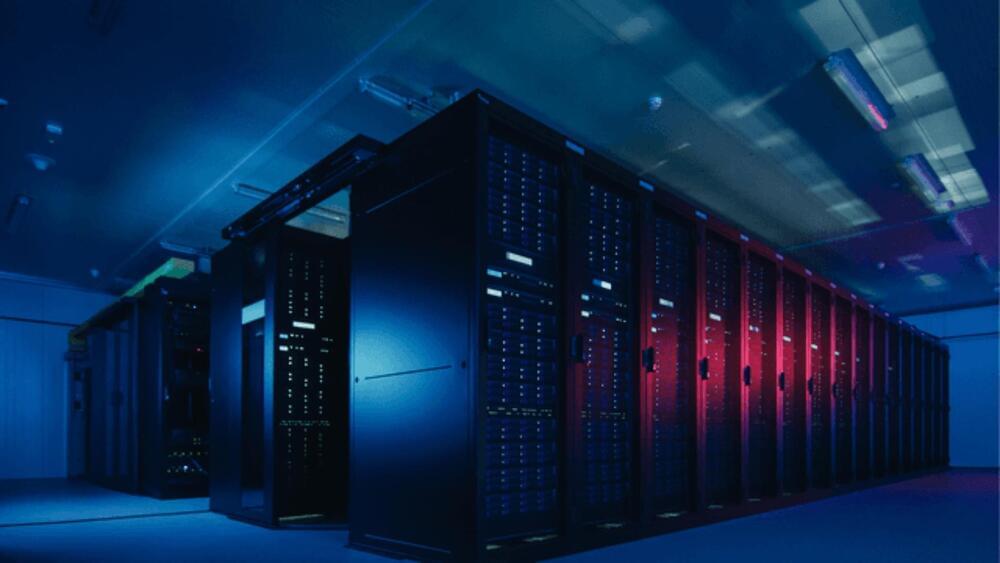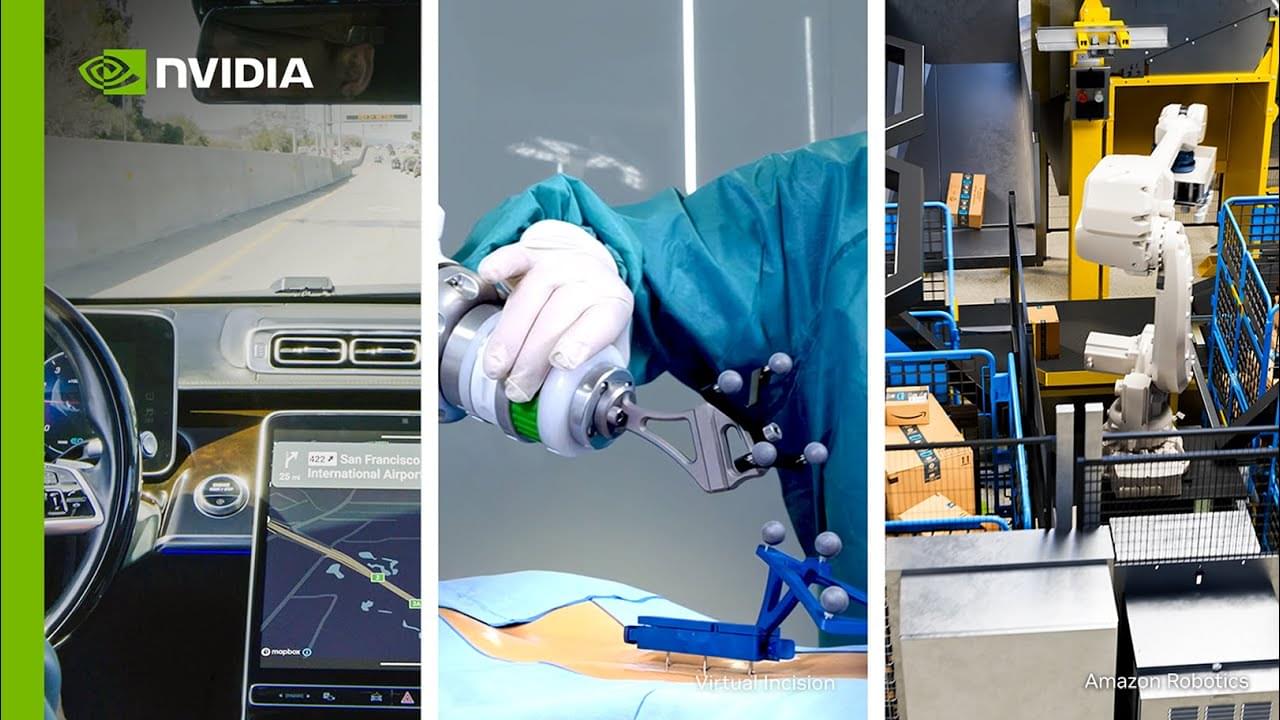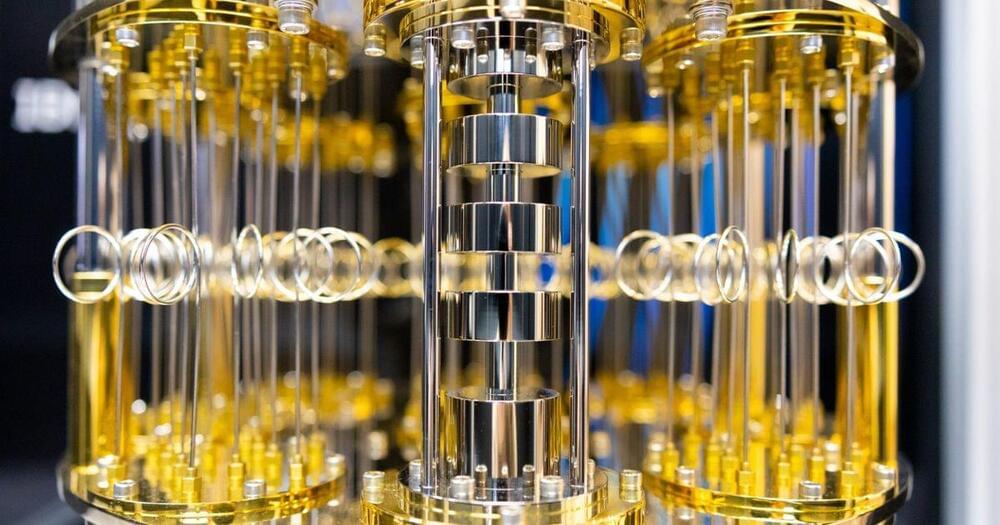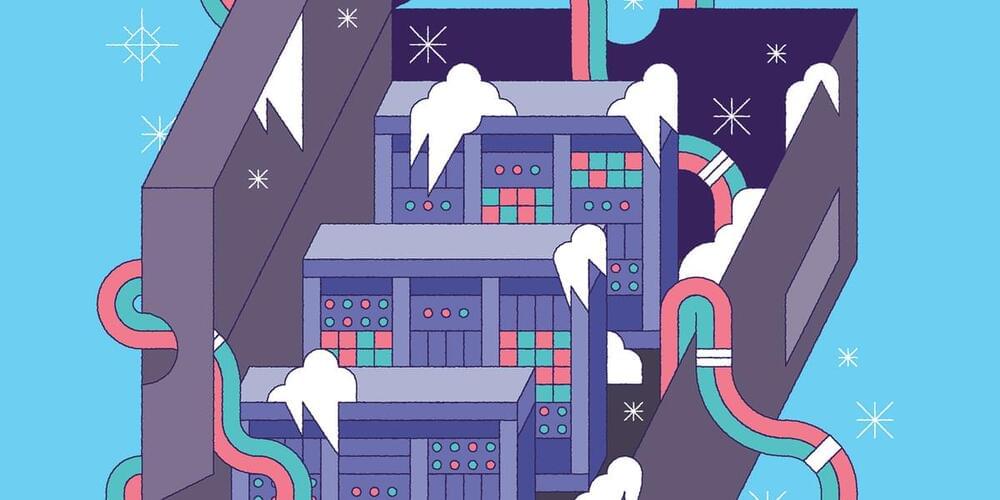A new quantum-system-on-chip enables the efficient control of a large array of qubits, advancing toward practical quantum computing.
Researchers at MIT and MITRE have developed a scalable, modular quantum hardware platform, incorporating thousands of qubits on a single chip, promising enhanced control and scalability. Utilizing diamond color centers, this new architecture supports extensive quantum communication networks and introduces an innovative lock-and-release fabrication process to efficiently integrate these qubits with existing semiconductor technologies.
Quantum Computing Potential
Imagine being able to quickly solve extremely complex problems that might take the world’s most powerful supercomputer decades to crack. This is the promise of quantum computers.
